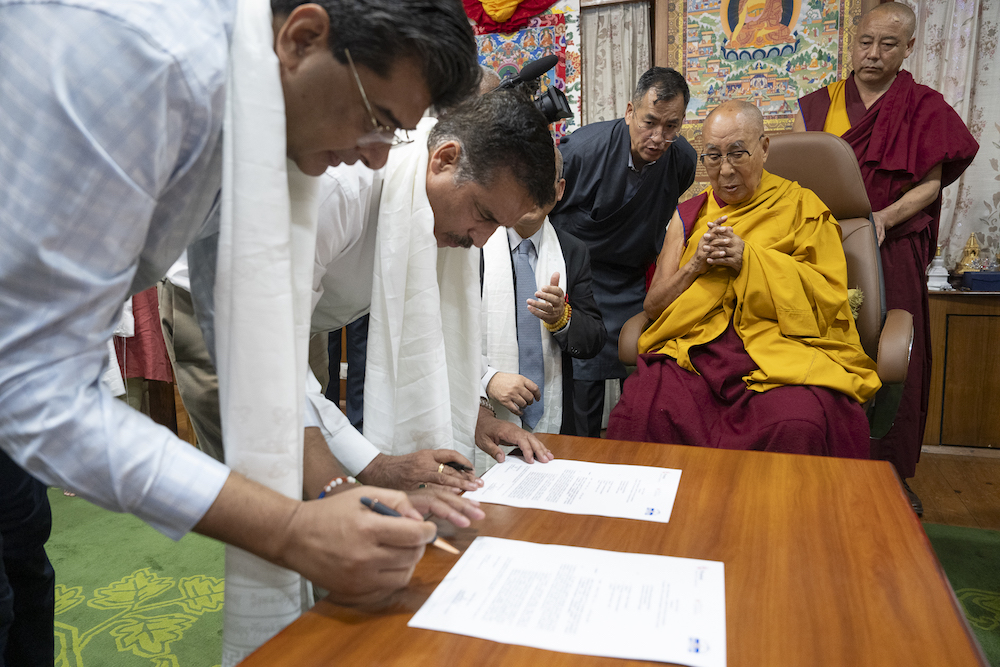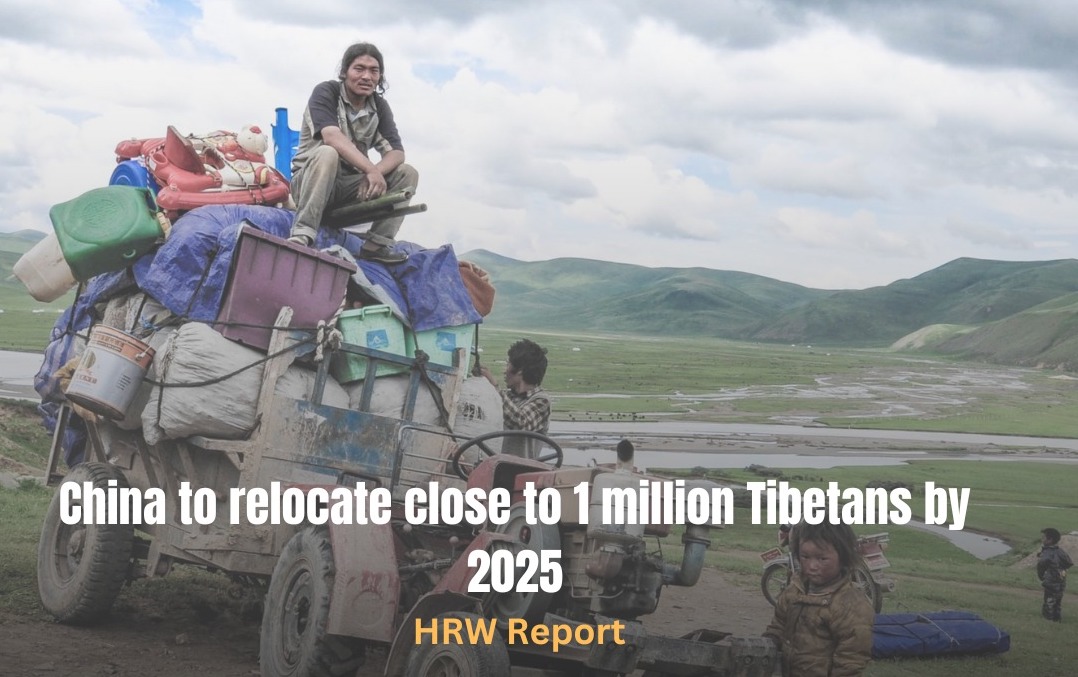By Philippe Massonnet
Although the melting of Tibet’s massive glaciers threatens to have dire global repercussions, climate change remains a vague concept for the people of this Himalayan region.
Experts say that if global warming trends continue, up to a third of the world’s highest glaciers could melt away by 2050 and half will disappear by 2090.
Even at some of its coldest points, such as around the Nojin Kangtsang glacier between the regional capital of Lhasa and
Mount Everest, evidence exists that change has already come to this part of the world.
The waters of Yamdrok-So lake are a deep turquoise — a colour that appears only as the winter ice melts. This year the change has come early because of the warmer temperatures of January and February.
Only a sprinkling of snow and ice clings to the sides of the surrounding mountains at a time when it should be laying thick on the ground.
“Under the influence of global warming, the climate on the Tibetan Plateau has seen significant changes over the last three years,” Xu Liangyan, an engineer at the China Meteorological Bureau, told AFP.
The bureau recently reported that last year was the warmest in China since 1951, with more than a third of the climate observation stations on the Tibetan plateau — which is more than 4,000 metres (13,200 feet) above sea level — registering record high temperatures.
“It is obvious that the glacial melt is accelerating and the snow line has been retreating,” said Kang Shichang, an expert at the Institute of Tibetan Plateau Research at the Chinese Academy of Sciences.
“Apart from that, wetlands are shrinking and water storage tables are falling.”
Another official at the meteorological bureau, Song Yanling, said the temperature in the western part of the Tibetan plateau throughout this winter was between two and four degrees Celsius (35.6-39.2 degrees Fahrenheit) higher than average.
The forecasts are of great concern to the world as Tibet is the source of most of Asia’s greatest rivers, including the Ganges, Brahmaputra, Indus, Yangtze, Yellow and Mekong.
Up to three billion people who live along or near these rivers could eventually be threatened directly or indirectly by water shortages.
The
United Nations Development Programme said that in China alone 300 million farmers in the country’s western regions would likely suffer water shortages from lower volumes coming down from the reduced glaciers.
Nevertheless, for people such as Quesan, a farmer and head of Hamu village on the banks of the Yamdrok-So, the burdens of daily life and immediate weather conditions are of most importance.
“The end of 2006 was difficult and we had a lot of snow,” he said.
“The people here work on small pieces of land and are raising only a few head of livestock.”
When asked about the impact of humans on the environment, Quesan referred to the traditional lifestyle of his people rather than the energy-intensive lives of the world outside Tibet of which he and most Tibetans are largely ignorant.
“No one is destroying anything,” he said.
A few hundred metres (yards) away, a shepherd had his own view of the dire predictions of meteorologists.
“There was a lot of snow here just several weeks ago and you could walk across the lake,” said Tunju, who watches over about 100 sheep for Hamu village and earns seven yuan (90 US cents) a day.
Deji Cuonu, who lives at the foot of the Nojin Kangtsang glacier, which reaches a height of 7,191 metres (23,592 feet), had also noticed little change, an indication of the incremental, though potentially devastating, impact of global warming on the roof of the world.
“I have noticed that we have had a lot of snow recently,” said the young woman, who raises yaks and sells tourist books as part of a small collective in the Karo-La pass.









